The world of archaeology and cultural heritage preservation is on the brink of a revolution, thanks to an unlikely ally—neutron holography. This cutting-edge imaging technique, long confined to the realms of physics and materials science, is now unlocking secrets hidden within ancient artifacts without so much as touching their delicate surfaces. Unlike traditional X-rays or CT scans, neutron holography offers unparalleled penetration depth and material discrimination, making it the perfect tool for studying everything from Bronze Age weaponry to Renaissance paintings.
At its core, neutron holography works by exploiting the quantum wave properties of neutrons. When a beam of neutrons passes through an object, it interacts differently with various atomic nuclei, creating intricate interference patterns. These patterns are then reconstructed into three-dimensional visualizations that reveal internal structures down to micrometer scales. What makes this method truly remarkable is its sensitivity to light elements like hydrogen, lithium, and boron—materials that are often invisible to conventional imaging techniques but hold critical clues about an artifact's composition, manufacturing techniques, and degradation processes.
The European Synchrotron Radiation Facility (ESRF) recently demonstrated this technology's potential by examining a 14th-century illuminated manuscript suspected of containing erased text beneath its gilded illustrations. While X-ray fluorescence mapping had failed to distinguish the original ink from the parchment, neutron holography clearly revealed ghostly traces of medieval Latin poetry—a discovery that art historians believe could rewrite our understanding of monastic scribal practices. The neutrons' ability to detect organic compounds without damaging the fragile vellum has opened new avenues for recovering lost writings from some of history's most precious documents.
Perhaps the most dramatic application emerged during the analysis of the so-called "Pharaoh's Dagger"—a ceremonial weapon from Tutankhamun's tomb that has puzzled Egyptologists for decades. Conventional methods couldn't determine whether the golden blade concealed structural weaknesses or repairs beneath its ornate surface. Neutron holography not only mapped the weapon's internal stress points but also identified an unexpected layer of meteoritic iron alloy, suggesting ancient Egyptian metalworkers possessed far more sophisticated metallurgical knowledge than previously believed. Such findings are forcing museums worldwide to reconsider how they authenticate and conserve metal artifacts.
Beyond revealing hidden histories, this technology is proving invaluable for conservation science. The Rijksmuseum in Amsterdam has employed neutron holography to study moisture migration within wooden panel paintings by Rembrandt and Vermeer. By tracking hydrogen atoms in water molecules moving through centuries-old timber, conservators can now predict and prevent warping or cracking before damage becomes visible to the naked eye. Similarly, the technique has exposed previously undetectable corrosion networks in ancient bronze sculptures, allowing targeted stabilization treatments that could add centuries to their lifespan.
Despite its promise, neutron holography faces significant challenges. The requirement for nuclear reactors or accelerator-based neutron sources limits accessibility, and the lengthy exposure times (sometimes exceeding 24 hours per scan) make high-throughput studies impractical. However, advancements in compact neutron generators and detector arrays are gradually overcoming these hurdles. The development of portable systems could one day bring this technology directly into museum laboratories, transforming how we interact with humanity's tangible past.
As institutions like the Louvre and the Metropolitan Museum of Art begin incorporating neutron holography into their analytical arsenals, ethical questions emerge about how much we should probe cultural treasures. Some conservators argue that certain mysteries should remain undisturbed, while others see an obligation to extract every possible datum for future generations. What remains undeniable is that for the first time in history, we can explore the hidden dimensions of our cultural legacy without risking its destruction—a capability that may redefine the very purpose of preservation in the 21st century.
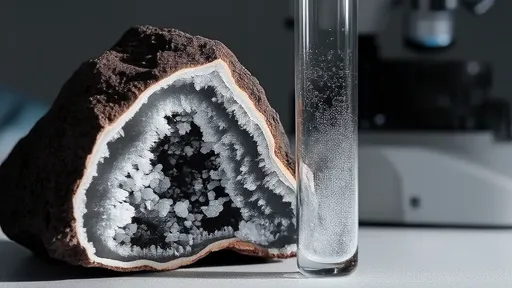
By /Jul 18, 2025
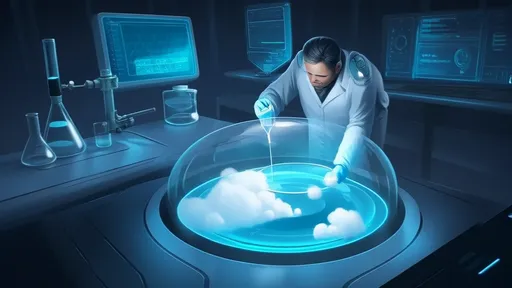
By /Jul 18, 2025

By /Jul 18, 2025
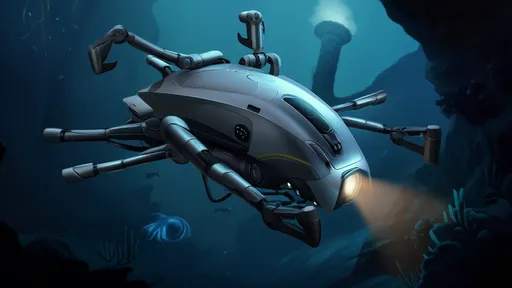
By /Jul 18, 2025

By /Jul 18, 2025
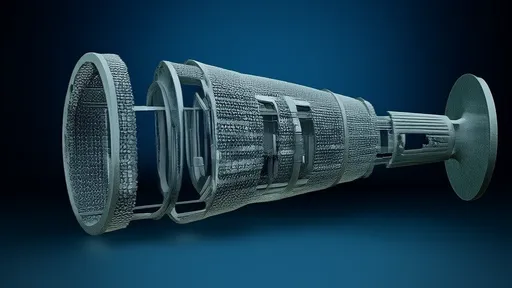
By /Jul 18, 2025
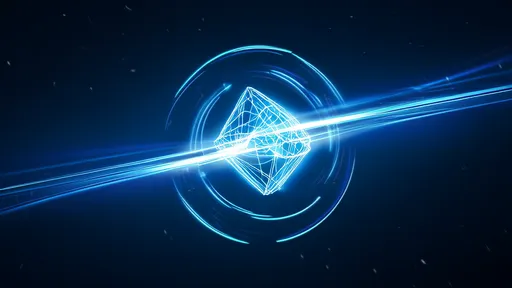
By /Jul 18, 2025

By /Jul 18, 2025

By /Jul 18, 2025

By /Jul 18, 2025

By /Jul 18, 2025
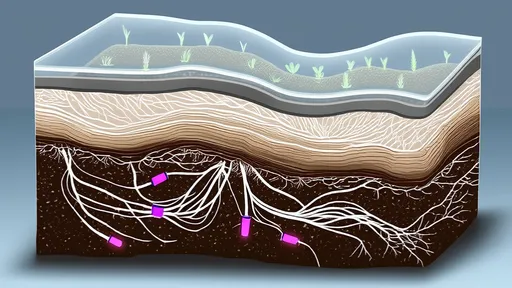
By /Jul 18, 2025

By /Jul 18, 2025

By /Jul 18, 2025

By /Jul 18, 2025

By /Jul 18, 2025

By /Jul 18, 2025
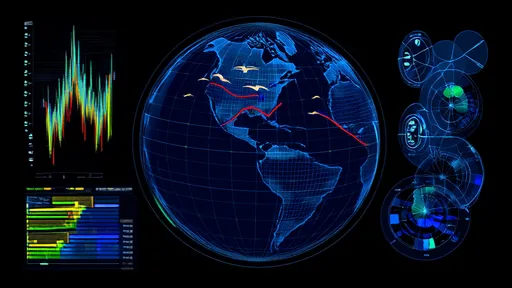
By /Jul 18, 2025